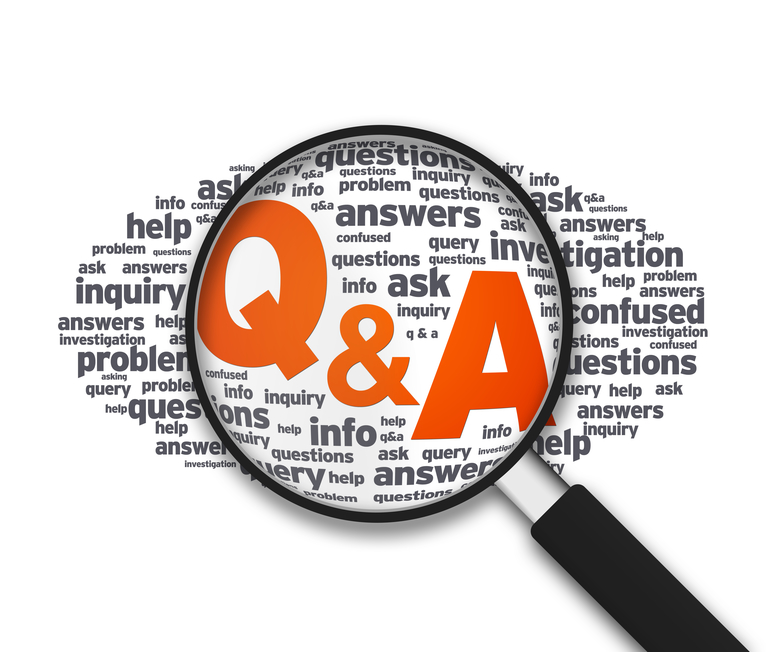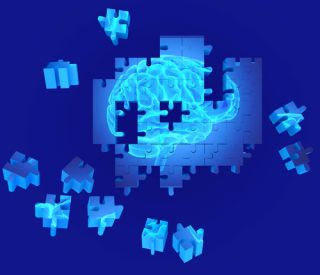What is a formative assessment?
Many educational experts have provided definitions but, in summary, using the perspective that “formative assessment can inform teacher and student where the student is now so both can know what comes next in the learning” (Stiggins 2015) is the most instructive.
Or, as many explain, formative assessments are for learning and summative assessments are of learning. (Stiggins, Arter, J. Chappuis, and S. Chappuis, 2006, Caaspp 2015)
Why use formative assessments?
- To create useful formative assessments, we need to use clear learning targets. This step allows teachers and students to “ know where they are headed from the very beginning of the learning. Just start instruction with student-friendly versions of the target and watch what happens.” ( Richard J. Stiggins, 2015)
- A formative activity gives us a quick understanding what we still need to teach, reteach, or review.
- “For teachers, formative-assessment tools are far more important than summative tests because they offer real-time insight into students' understanding. (Marianne Perie, 2015)
- An in class formative assessment can lighten the homework practice time but still hold our students' accountable for assessing their content and skill acquisition.
- Specific feedback to students to help them understand and assess their own learning about the specific tasks and expectations needed for mastery. This process is crucial practice for learning how to learn and the growth mindset we want to provide our students.
- Some formative activities can be crafted to provide assessment practice to further address our students’ different levels of previous and outside of our class experiences.
How to begin to introduce formative assessments?
- Create a safe classroom that honors the learning process.
- Clarify the learning targets, and equally more powerful, clarify the learning progression.
- Choose a format that serves your calendar and classroom constraints. ( see examples below)
- Review your format to be sure you are getting accurate information from language learners.
- Review edtech options for easy and engaging tech formats. Example: Socrative
Sample formative activities:
· Role play: Write a Postcard from one person, character, property, formula to another
· Short summary: Write a summary for 5 min only.; later allow 2 more minutes.
· Illustratration: Create a graphic depiction of the new concepts. Draw a storyboard, multiple axis timeline, or progression of learning, events, order of operations, process, rules.
· Anonymous Assessment: Hand in, pass out, share: Write answers to one or a list of questions, students do not include their name on the paper, turn it in, hand work out to other students, score, poll results. Students can take notes on the response they are scoring and keep it for reference.
· Diagram/Compare and contrast: Venn diagram 2 to 3 new concepts.
· Check off: Provide a list of expectations or learning targets and students, using symbols, indicate what they have accomplished (√), what they are sure they can do (+), what they currently have questions about (?).
· Metacognition: Respond in a doc, form, exit card, journal write, summary to notes to the metacognitive “w”s : What did we do? Why did we do it? What did I learn? What can I apply? What are my questions?
· Signal: Red (stop:I need more info) yellow (slow down), green (got it) cards or use all white cards with colored circles on one side so that only the teacher sees the indicator.
· or: Thumbs up, to the side, or down, again in front of the student’s chest to keep the response private.
· Collaborative Conversation: Ask your elbow partner a question about what was just covered, listen to the response, reverse the roles, record and submit this work. This conversation can be conducted verbally or silently, all in written form, or as individual or a shared document.
· Quick write for journal writes, exit cards, or pre collaborative conversations:
or:
3 things I learned, 2 things I will apply/remember, 1 question I have.
More Resources:
Ask to see your course team colleagues' for samples they have used, Steve Kahl offers a list in his new teacher training, David Wees provides a list of formative assessments, the CAASPP digital library focuses on this strategy, and Marzano’s explains both the research and theory that supports and clarifies Formative Assessment and Standards-Based Grading in his 2010 text.
Please add a comment with your favorites and feel free to contact Joy to help find or create some for your units.



 Now into the 2nd quarter, you might be looking for a new way for students to take notes, process information, and communicate their own understanding and analysis of your teaching and their learning.
Now into the 2nd quarter, you might be looking for a new way for students to take notes, process information, and communicate their own understanding and analysis of your teaching and their learning.